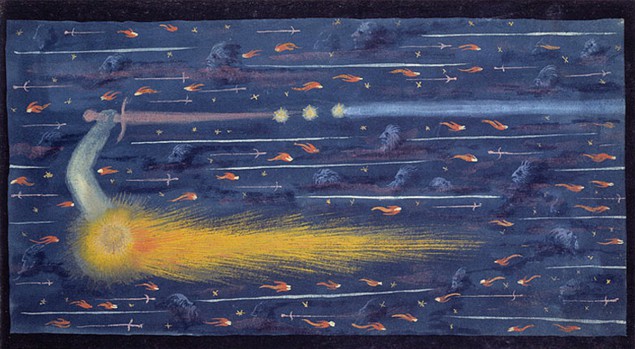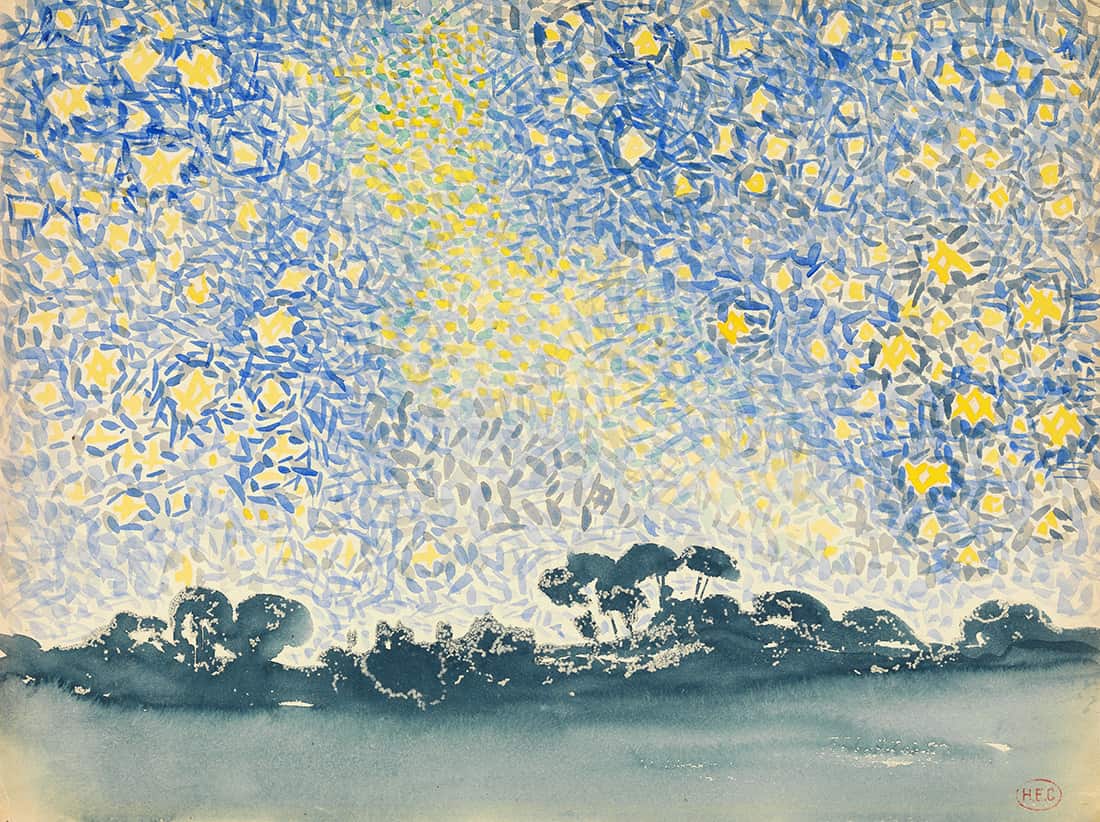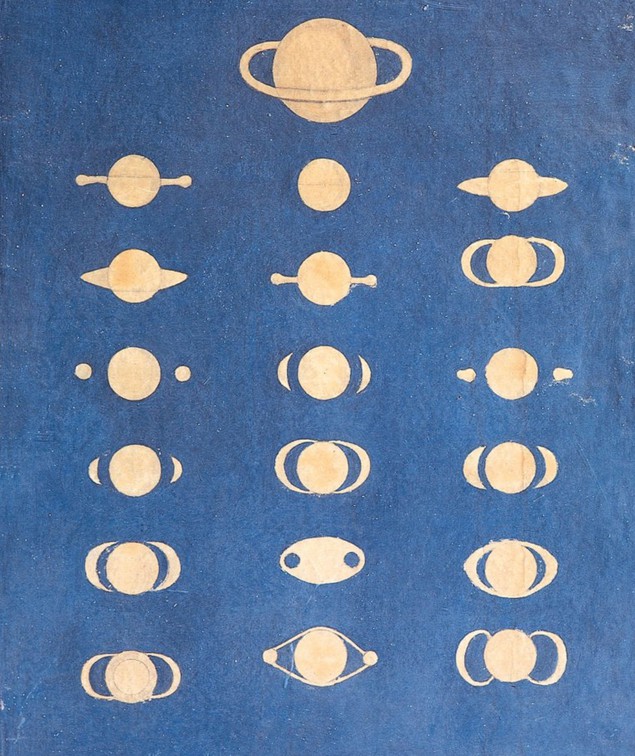Tushna Commissariat reviews Cosmos: the Art and Science of the Universe by Roberta J M Olson and Jay M Pasachoff

Humankind has been entranced by the sky for as long as we have walked this Earth. The celestial theatre above our heads, and all its heavenly bodies, are intrinsically linked to our histories and philosophies. Astronomy and the study of the heavens have inspired artists as much as scientists since antiquity, and there exists a large body of work – from paintings and prints to sculptures and etchings – long before photography even entered the scene.
In Cosmos: the Art and Science of the Universe, art historian Roberta Olson and astronomer Jay Pasachoff join forces to put together a treasure-trove of astronomy art, from across time and space. The duo have been working together on the intersection of art and astronomy for over 30 years, and have previously written Fire in the Sky: Comets and Meteors, the Decisive Centuries, in British Art and Science (1998).

Cosmos is a large-format, glossy coffee-table art book, with more than 300 carefully curated illustrations. The works are divided into 10 chapters that, in the main, cover astronomical objects or phenomena such as comets, eclipses and aurorae. The opening chapter though is based on the practice, and “personification”, of astronomy itself; while the final chapter features a small collection of astrophotography as we know it today.
This type of book is probably best consumed in small, and very pleasurable, doses . I found myself flipping through page after page of alluring artworks, stopping at random to marvel at a particular image, and then being drawn in to discovering more about it – rather than attempting to read it cover to cover in one go. This is especially true for those who may not be interested in the very detailed art history in the book, which sometimes makes for dry reading – but worry not, for a beautiful image will soon distract you.


In this article is a small selection of some of my most favourite images from the book. I was particularly intrigued by Étienne Léopold Trouvelot’s Solar Protuberances – a stunning chromolithograph (a print-making technique popular in astronomical photography in the late 1800s) of the Sun. As the authors explain, Trouvelot embedded a grid in his telescope so that he could accurately transfer the images he viewed onto graph paper. In this 1873 image, he used a spectrograph tuned to the red light of hydrogen to study solar prominences – those massive, gaseous loops, extending like tendrils from the solar surface. There are a number of Trouvelot’s stunning images – from a total solar eclipse to meteor showers – in this book, all of which are scientifically accurate, as are others like astronomer Maria Clara Eimmart’s Phases of Saturn.
Other paintings and sketches are more whimsical flights-of-fancy inspired by the heavens, such as Henri-Edmond Cross’s Landscape with Stars, or the bemusing interpretation of a sword-wielding comet, or battles in the sky. It is clear that Cosmos is a labour of love, and a testament to the authors’ personal interest and knowledge in astronomy and the arts, this most ancient and natural of pairings.
- 2019 Reaktion Books 304pp £35hb


